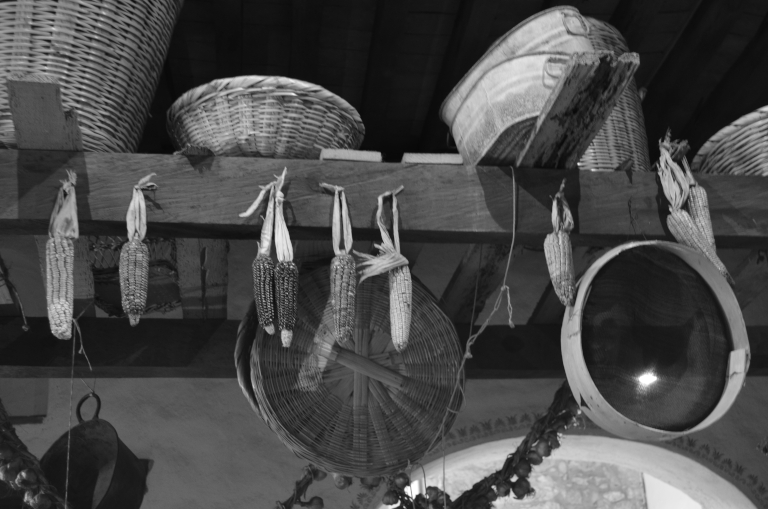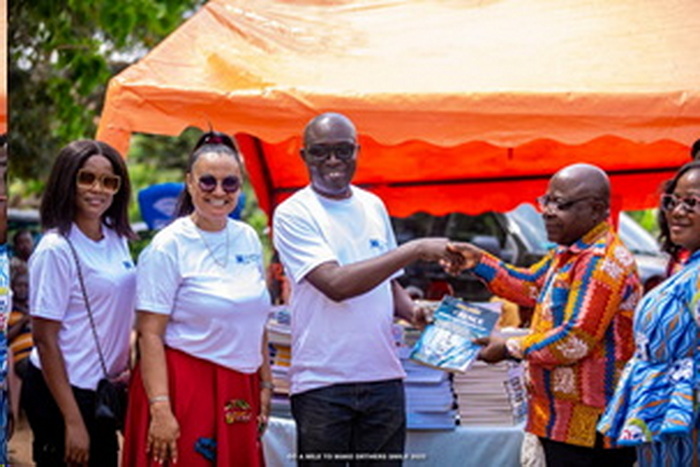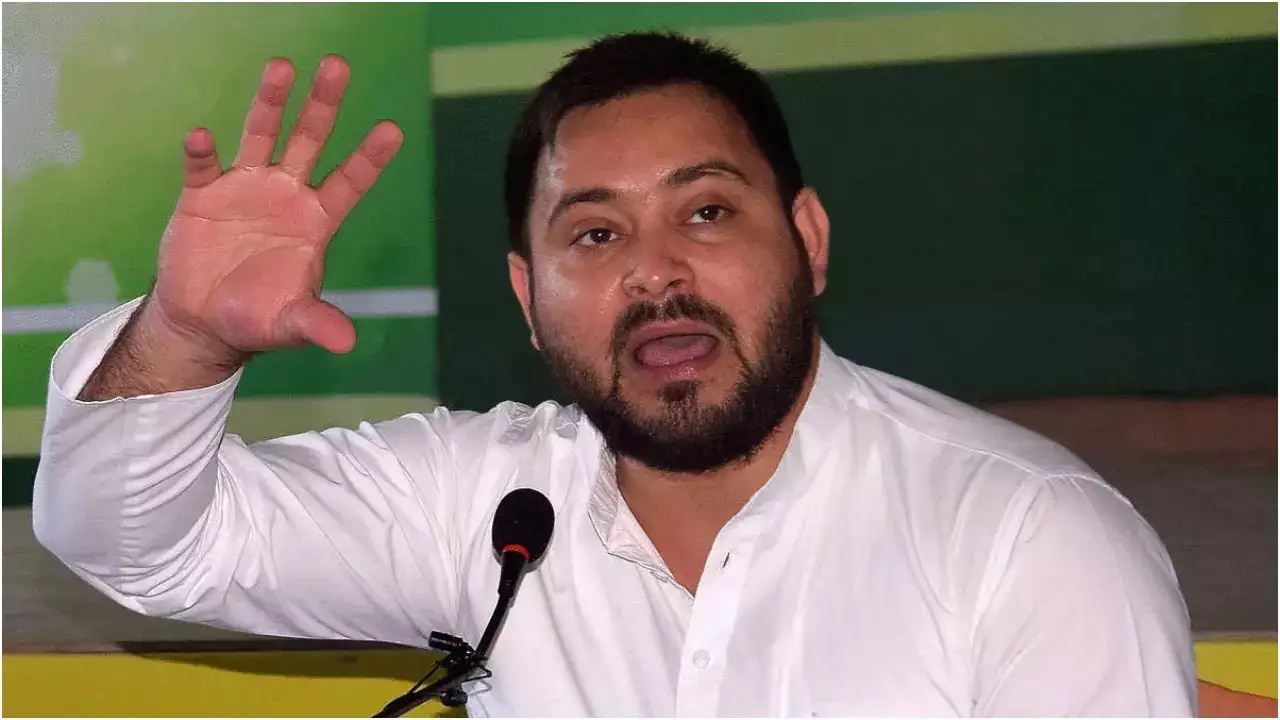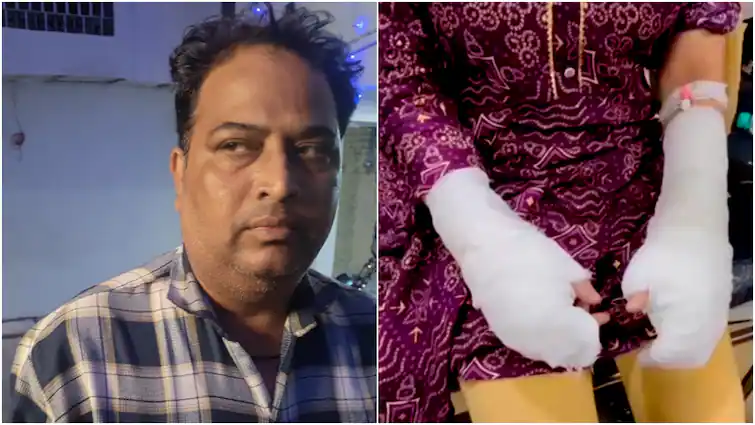Copyright Resilience

Reflections from the project: Energy for yeknemilis (Buen Vivir) in the North-Eastern mountainous region of Puebla, Mexico Introduction Energy sustains life. Yet, the hegemonic model for generating, transforming, transporting, and using energy is highly destructive of life. Alternative energy models that break with the capitalist, patriarchal, racist, statist, and anthropocentric dimensions of the hegemonic energy model are therefore much needed. One such Alternative concerns the Energía para yeknemilis (Buen Vivir) en la Sierra Nororiental de Puebla project in Mexico, which was featured in the December 2024 GTA’s Periodical #15. The project has as its main objective “building a different way of managing energy in our territory, in accordance with our cosmovision and ways of life as Indigenous peoples and that contributes to yeknemilis.” 1) It was implemented by the Union of Cooperatives Tosepan and predominantly funded by the Mexican National Council of Humanities, Sciences, and Technologies. In this essay, we reflect upon the role of collaborative research in transitioning to an alternative energy model, basing our reflections on over eight months in participatory research, our experience within the project, and our open access academic article Powering the pluriverse. For Marisol this collaboration was part of her work as a “thinking-feeling” community investigator (investigadores comunitaries sentipensantes) with Tosepan while for Erik it was part of his PhD research in Geography at the University of British Columbia. The project entails an example of how energy transitions can embody decolonial praxis. It not only develops technological alternatives but also redefines notions of energy and energy justice through Masewal and Totonac worldviews. The initiative highlights six possibilities, including conceiving the transition from below and in struggle, designing it with and for Indigenous and peasant communities, rethinking energy in non-anthropocentric terms, and strengthening territorial autonomy, but also faces six limitations, such as the persistence of colonial knowledge structures, patriarchy, racism and folklorization, as well as financial, organizational, and state-related challenges. Overall, the project illustrates how community life projects can challenge the coloniality of energy regimes and, despite structural tensions, provide concrete pathways for building decolonial energy transitions oriented toward a Masewal and Totonaco vision of Buen Vivir. The participatory research involved the entire team of “thinking-feeling” community investigators, who played an indispensable role in the project since they were responsible for developing the social energy technologies that enable the alternative energy model. To this end, they conducted technical-scientific tests and community visits to build and pilot these technologies. These technologies include eco-efficient wood-saving stoves, sunlight and hot air-powered drying chambers, and so-called anthropo-machines that use human energy. The “thinking-feeling” community investigators formed a crucial link between the participating communities and the project, often belonging to these same communities to make sure that the research and design occurred in a linguistically and culturally appropriate manner. To ensure that the design process was as reflective of local experiences and knowledge as possible, the community investigators collaborated with over 20 families in the various participating communities. Beyond the families with whom direct collaborations were established, the community investigators created a Center for Learning, Technological Innovation and Local Energy Management where the social energy technologies prototypes were showcased to groups of community members that visited the Center. In these collaborations, community members were engaged as partners and agents of change, breaking with the condescending research practice that treats inhabitants of communities as objects of research who can furnish data but must simply accept findings, recommendations, solutions, and technologies proposed by researchers. Indeed, the co-design process substantively influenced the iterations of the prototypes and thereby how the social energy technologies would work, look, and feel. Ceramic tiles were added to the stoves to make them easier to clean and nicer to regard while as much locally abundant eco-construction materials were used in the construction of the prototypes to ensure that the technologies would be relatively simple and affordable to maintain and repair (See Picture 1). Within the participating ‘research families,’ women play a decisive role. Not only were they early adopters of the technologies, but they were also often those who were most responsible for the process of piloting and evaluating the technologies and prototypes. However, the forerunner role of women is ambivalent in that it promotes gender but also adds additional responsibilities to the triple role that women usually already play in their daily lives, meaning in social reproduction, productive labor, and community organizing. This underscores the need to carefully consider gender as a dimension of the project and research design and execution. A stove with Ceramic tiles. Photo by: Giovanni Patrón Patrón As preparation for their wide range of tasks, the “thinking-feeling” community investigators received an educational program from Tosepan. Erik was invited to contribute to this program through dialogues and workshops about the role of energy in society, the dilemmas presented by the contradictions of low-carbon energy infrastructure at this moment of overlapping planetary crises as well as with skills development like report writing and oral presenting. In turn, Erik would receive education from the “thinking-feeling” community investigators, including through long semi-structured interviews as well as by participating in the daily activities at the Center and assisting with the construction of prototypes in communities. This shared learning was only made possible by the creation of an environment of trust and openness between the “thinking-feeling” community researchers and Erik. Before any shared learning activities were undertaken, Erik and the team of “thinking-feeling” community researcher held a conversation in the Center for Learning, Technological Innovation and Local Energy Management to ask about each other’s motivations and trajectories of being interested or involved in the program. In this educational collaboration, we collectively reflected on how the project originated to confront the capitalist, patriarchal, racist, statist, and anthropocentric dimensions of the hegemonic energy model. In part these have expressed themselves in the territory through the colonial imposition of mining, hydropower, and hydrocarbon infrastructures as well as intensifying droughts, forest fires, and hurricanes. Additionally, we discussed how the project represented opportunities to contribute to yeknemilis and self-determination while also considering ways in which this contribution was being limited. Through interviews, multiple discussion sessions, written reflections, and daily confidential “thinking-feeling” logbooks by the “thinking-feeling” community investigators, we identified six opportunities and six limits. Projects of life: lessons and limitations Teaser image credit: JOSE ANGEL VIDAL MENA, CC BY-SA 4.0, via Wikimedia Commons.



